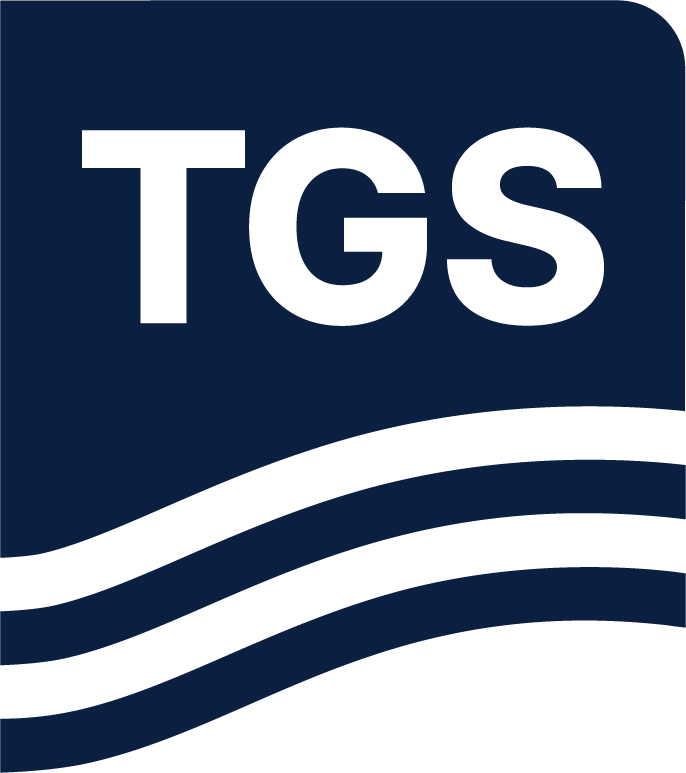Paper Summary
The authors present a case study from offshore Liberia, where slope gradient and clusters of gas vents create collapse structures over several kilometers, letting muddy slumps and mass transport complexes (MTCs) above seal level collapse into 100s of meters thick infill debris. These chaotic geobodies scatter seismic energy, creating a significant challenge for traditional imaging algorithms to image seismic events below them. The Liberia Basin observed technical successes of wells drilled from 2009-2011, therefore the petroleum system is proven, which encourages future exploration. However, features of interest and petroleum prospectivity are still widely underexplored. TGS acquired and processed several sets of seismic data to evaluate the hydrocarbon prospectivity of the basin. Current processing using Dynamic-Matching FWI (DM FWI) provides a superior quality image to help understand the potential of the basin in terms of structural evolution and possible hydrocarbon system. Using traditional imaging algorithms, the shallow turbiditic setting generates a shadow zone that suffers from signal absorption and scattering. DM FWI has been applied to produce FWI imaging which show improved image resolution with increased S/N, better illumination, and improved amplitude consistency.

